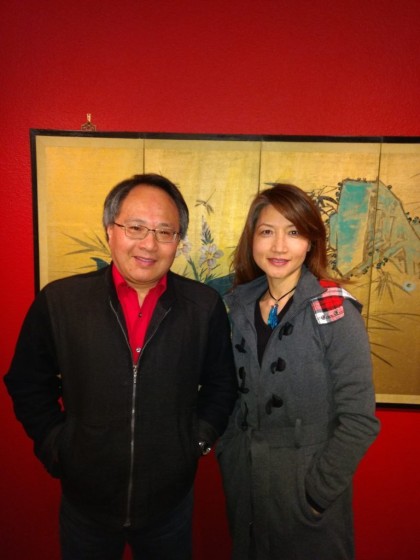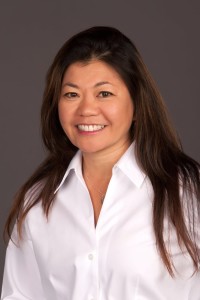Chinese New Year — a celebration of heritage
By Pat Carter | Special to The Sun
The Chinese New Year, also known as the Spring Festival, starts this year on Friday, February 16, 2018. It remains the most important holiday for families in China, and is celebrated by more than a billion people worldwide.
According to the Chinese Zodiac, this year we celebrate the Year of the Dog. The personalities of people born in Dog years are believed to share certain attributes associated with Dogs, such as loyalty, generosity and working well with others.
Here in Sonoma, we are fortunate to have a Sister City in Penglai, China. I recently met with Jack Ding and Gigi Pfleger, two native Chinese members of the Sonoma–Penglai Sister City Committee. I also visited with Dr. Kimberly Hubenette, a local dentist of Chinese heritage. I asked them to share their memories of celebrating the New Year with their families.

Gigi is a native of Suzhou in southern Jiangsu Province, located on the Yangtze River Delta. This region is arguably the richest area of China, rich in agriculture, manufacturing, literature, and art.
Gigi left for the United States when she was 28 years old. She described the traditions in her family when she was growing up in China.
“For the New Year’s Eve feast, it took a week ahead of time to make all the preparations. We had no refrigeration, so we used salt to keep meat and fish fresh.
“Besides the meats and fish, the Egg Dumpling was the must-have addition to the soup because it symbolizes gold nuggets. My role as a little girl was to help make the dumplings. The things I looked forward to every Spring Festival as a kid were the Red Envelopes, and being a year older.
“There were lots of fireworks all across China. The fireworks were to get rid of the bad spirits. However, in recent years, the fireworks have become Chinese government’s new environmental concern, and many cities have posted bans on the fireworks.”
Jack Ding grew up in Changzhou, also in southern Jiangsu Province, about 60 miles from where Gigi lived in Suzhou. Both Gigi’s and Jack’s childhoods took place in the era when most food and cooking ingredients were purchased with coupons or stamps which were distributed by the government based on the family size. Jack moved to the United States when he was 35 years old. He was generous enough to bring two bottles of Chinese wine to our meeting: one made from rice and the other from grapes. Jack was raised by his grandparents, as his parents had to work as doctors in other cities.
“My memory is that the Spring Festivals were always very cold. I would get up at three in the morning to help purchase food like pork stomach and head, and even tofu. We lived in a more affluent region of China and had access to food not available in the rural areas, such as rice, fresh veggies, and fish from the river.
“We would dress the table with beautiful silks from our ancestors and allow space to honor them. The head of the household would represent the family and burn fake money for them to use in their afterlife.”
Gigi and Jack both have continued the New Year traditions here in the United States with their families, such as giving their children red envelopes with money and calling their families in China on every New Year’s Day.

Kimberly Hubenette is a third generation Chinese, has never visited China; she was raised in the Imperial Valley in southern California. Her family was from the Canton region of China. Her father wanted to embrace the American lifestyle and language and refused to speak Chinese or to use chopsticks. But her mother wanted to preserve the traditions in the Chinese culture, including the New Year celebrations.
I asked Kimberly about those childhood memories.
“On New Year’s Day, we were not allowed to do any work. We could not do any cleaning, and we could not even wash our hair. The most important food for the feast was a vegetarian dish that contained nine ingredients, the most important being long noodles (which we were not allowed to cut as they represented longevity). Also, there was cabbage, lily flower, hair fungus, oysters, tofu, hoisin sauce, red berry, and mushrooms. Each ingredient meant something. I still make this dish every year.
“We would drink hot tea in the morning with melon for sweetness. We too would burn fake money for our ancestors to use in the next life and give the red envelopes with money for children and unmarried relatives. That was the only day that we would bow three times to our father to show respect.”
Kimberly still has silk fabrics and clothing from her grandmother as well as some heirloom jewelry.
These stories have a common thread. In each celebration, homage is paid to elders and ancestors, and special food is prepared for the feast. It is not unlike the Mexican culture and tradition of the Day of the Dead.
We are proud to have Gigi, Jack, and Kimberly living here in Sonoma.
For more information on the Sonoma Sister Cities Association and the Penglai Committee, go to the website at: https://sonomasistercitiesassociation.org.



